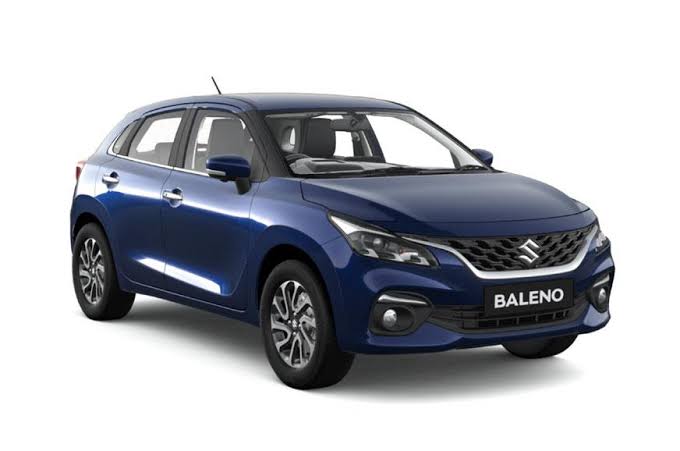Baleno

This is the second generation Baleno and it’s hard to tell by looking at it. The key components of the chassis have been retained although it’s a thorough revision with mostly new underpinnings. The styling is evolutionary and each body panel is new. The front end has been designed to look wider with redesigned headlamps and grille. The side has a more pronounced shoulder line and a smaller window on the C pillar. The rear tail lamps have a portion that extends to the tailgate and the spoiler looks better integrated than in the last car. The car feels more solid than the last one, in the way the door shut and skin panels feel tauter. It weighs roughly 55-70 kilos more than before.
The interiors are all new and there is a more modern dashboard with swooping curves. The blue colour looks very well against the rest of the black cabin. Taking centre stage is a floating 9-inch screen that has good resolution and a snappy interface. It also has a 360-degree camera, Apple Car Play, Amazon Alexa voice assistant, and Arkamys audio. The steering wheel is similar to the one in the Swift. The gauge cluster is similar to the old one in layout with a colour TFT screen in the middle, but there is a retractable HUD screen above it that shows relevant info. Material quality has gone up with softer plastic and leatherette and the cabin feels richer overall.
The front seats are massively improved and hugely supportive. The side bolstering, both on the back and seat base, is sumptuous. There is also more shoulder support as well. The rear seats are better too. While legroom and headroom were always plenty, the old seatback was a bit flat. This one is more contoured and gets rear AC vents too. Boot space has come down by 21 litres but it’s still a reasonable 318 litres.
The Baleno is powered by a 1.2 litre K12N engine with 90bhp and 113Nm. It features dual VVT and two injectors per cylinder. While most cars today have turbocharged three cylinders, we like Suzuki’s old-school approach with a smooth, simpler, reliable, naturally aspirated four-cylinder. It is also more efficient than the turbo rivals under day-to-day driving. The engine doesn’t feel as revvy as the original K12B, but it still feels very peppy. It’s very tractable from low revs and there is a strong pull around 4000rpm. Maruti has ditched the CVT for a most cost-effective AMT and while we are yet to drive it, we aren’t sure about the idea of an AMT in a premium hatch like the Baleno.
The suspension of the Baleno is where significant money has been spent. The lower arms and rear twist beams are all new, you get 20mm more travel along with recalibrated springs and dampers. The handling is much better with better turn-in and more composure. The steering seems to have more weight and accuracy although it could do with more feel. The ride has a newfound plushness where the older car felt choppy. It absorbs bumps and potholes better, but it is a bit too soft on the highway for our liking.
The Baleno is a massive improvement over the earlier car in quality, ride, handling, performance, comfort, safety, and features. While it has got expensive, it makes for a better family hatchback than before and is our pick in its segment.
Pic Courtesy: google/ images are subject to copyright








